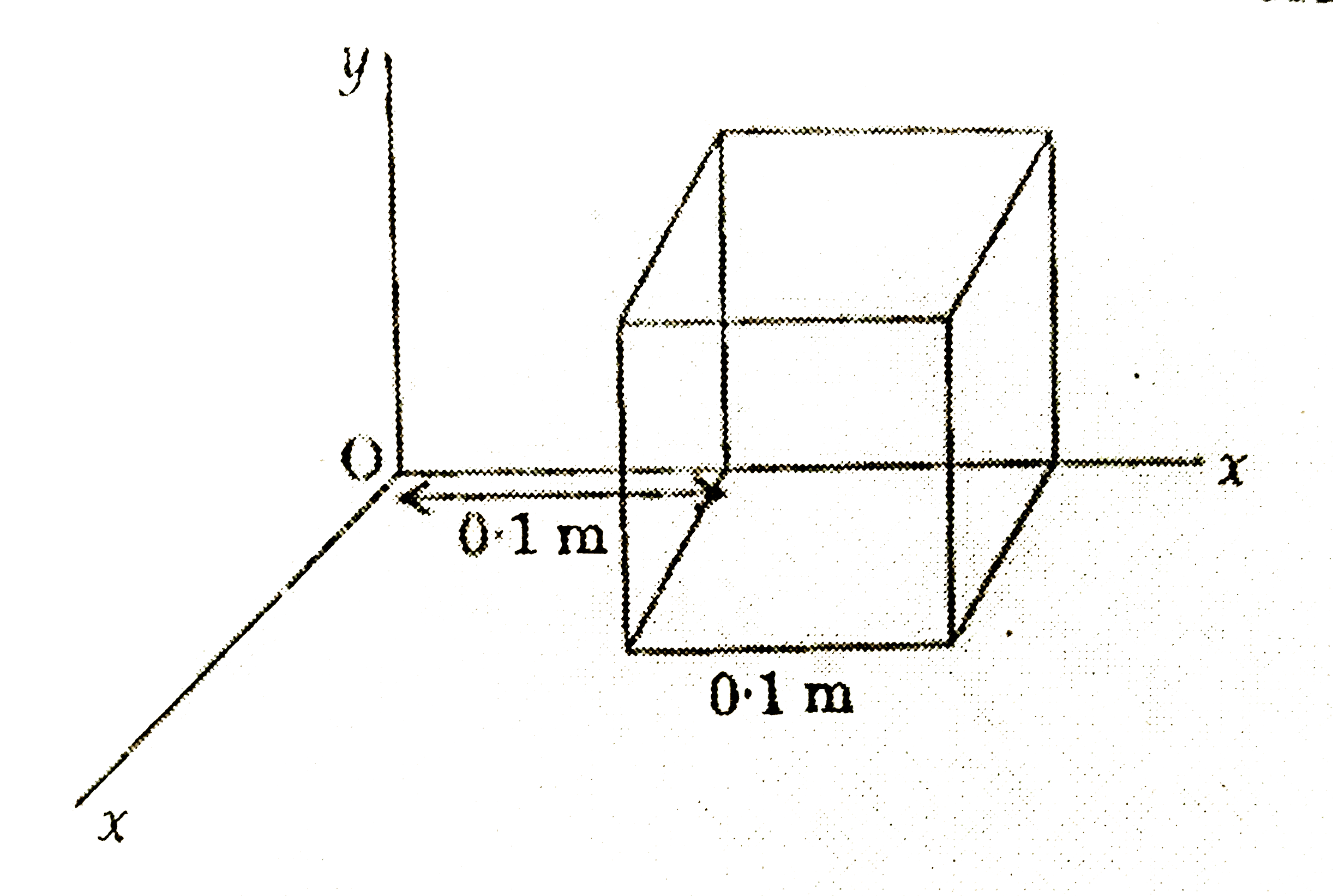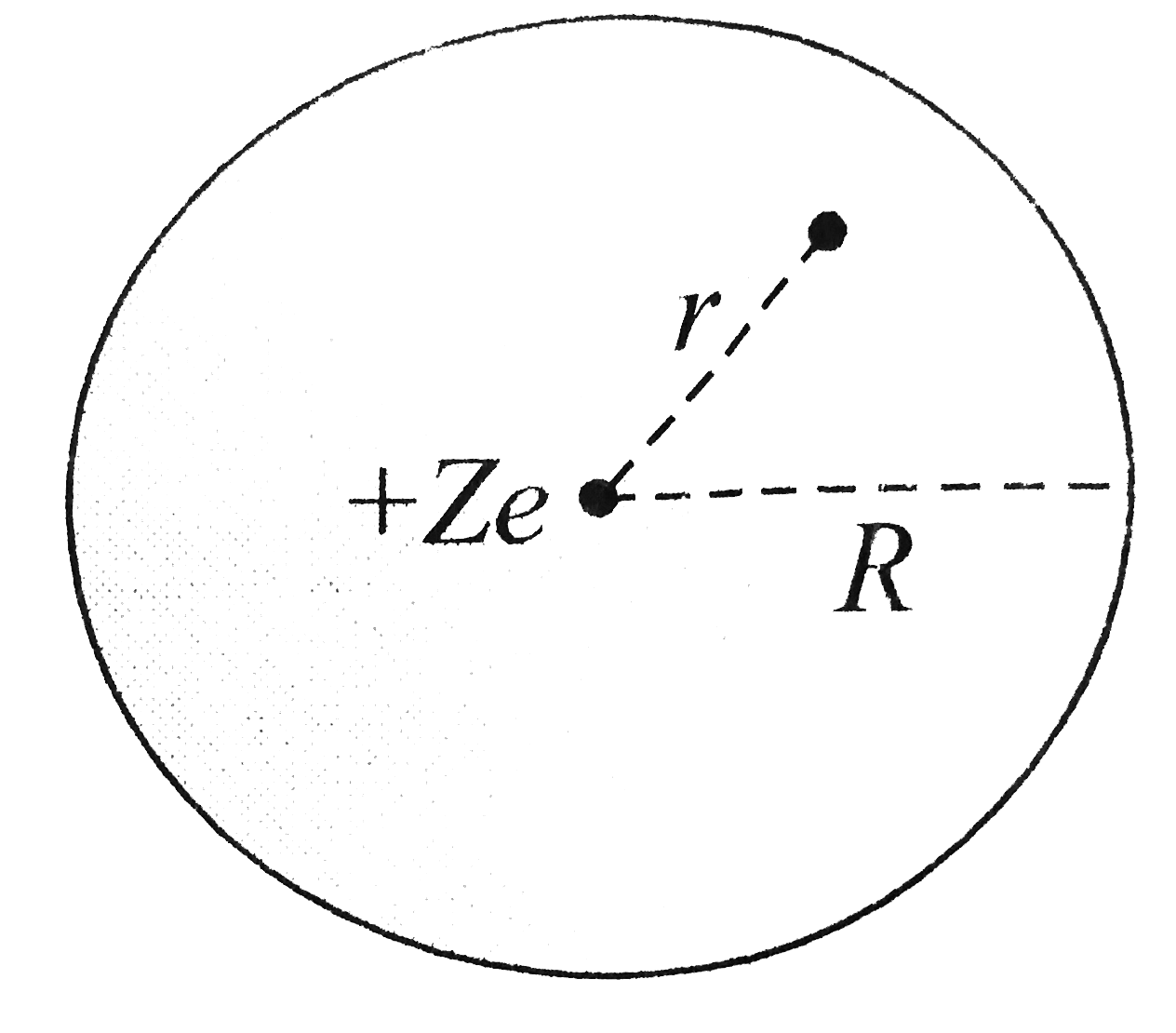Complete Solutions to Solved Examples of chapter ELECTRIC CHARGES AND FIELDS of Class 12 book with complete answers and questions
| Class 12 | PHYSICS |
| Chapter | ELECTRIC CHARGES AND FIELDS |
| NCERT | Solved Examples |
| Number Of Questions | 13 |
| Academic Year | 2023-24 |
How can you charge a metal sphere negatively without touching it?
View SolutionIf a body gives out `10^(9)` electrons every second, how much time required to get a total charge of `1 C` from it ?
View SolutionHow much positive and negative charge is there in a cup of water ?
View SolutionCoulomb's law for electrostatic force between two point charges and Newton's law for gravitational force between two stationary point masses, both have inverse square dependence on the distance between the charges`//`masees (a) compare the strength of these forces by determining the ratio of their maagnitudes (i) for an electron and as proton (ii) for two protons (b) estimate the accelerations for election and proton due to electrical force of their mutal attraction when they are 1 A apart.
View SolutionA charged metallic sphere A is suspended by a nylon thread. Another charged metallic sphere B held by an insulating handle is brought close to A such that the distance between their centres is 10 cm, as shown in Fig. 1.7(a). The resulting repulsion of A is noted (for example, by shining a beam of light and measuring the deflection of its shadow on a screen). Spheres A and B are touched by uncharged spheres C and D respectively, as shown in Fig. 1.7(b). C and D are then removed and B is brought closer to A to a distance of 5.0 cm between their centres, as shown in Fig. 1.7(c). What is the expected repulsion of A on the basis of Coulomb’s law? Spheres A and C and spheres B and D have identical sizes. Ignore the sizes of A and B in comparison to the separation between their centres.

View SolutionThree charges of equal magnitude q is placed at the vertices of an equilateral triangle of side l. The force on a charge Q placed at the centroid of the triangle is
View SolutionConsider the charges q,q and -q placed at the vertices of an equilateral triangle of each side l. What is the force on each charge ?
View SolutionAn electron falls through a distance of 1.5 cm in a uniform electric field of magnitude `2.4xx10^(4) NC^(-1)` [Fig.1.12 (a)]`. The direction of the field is reversed keeping its magnitude unchagned and a proton falls through the same distance [Fig. 1.12 (b) ]. Complute the time of fall in each case. Contrast the situation (a) with that of free fall under gravity.

View SolutionTwo point charges `q_(1) and q_(2)`, of magnitude `+10^(–8) C and –10^(–8)C`, respectively, are placed 0.1 m apart. Calculate the electric fields at points A, B and C shown in Fig. 1.14.

View SolutionTwo charges `+- 10 mu C` are placed `5*0 mm` apart. Determine the electric field at (a) point P on the axis of dipole `15 cm` away from its center on the side of the positive charge. As shown in Figure and at (b) a point Q. `15 cm` away form O on a line passing through O and a line passing through O and normal to the axis of the dipole as shown in Fig.

View Solution(a) Define electric flux. Write its SI units.
(b) The electric field components due to a charge inside the cube of side 0.1 m are as shown :

`E_(x)=alpha x, ` where `alpha=500N//C-m`
`E_(y)=0, E_(z)=0`.
Calculate (i) the flux through the cube, and (ii) the charge inside the cube.
View SolutionAn electric field is uniform, and in the positive x-direction for positive x, and uniform with the same magnitude , but in the negative x-direction for negative x. It is given that
`vec(E) = 200 hat(i) N//C for x gt 0 and vec(E) = -200 hat(i) N//C` for x gt 0. A right circular cylinder of length 20 cm and raidus 5cm has its center at the origin and its axis along the x-axis so that one face is at `x = +10 cm` and the other is at `x = -10 cm`.
(a) What is the net outward flux through the side of the cylinder ? (b) What is the net outward flux through the cyclinder ? (c) what is net charge inside the cylinder ?
View SolutionAccording to early model of an atom,the atom is considered it to have a positively charged point nucleus of charge `Ze` surrounded by a uniform density of negative charge up to a radius `R`. The atom as a whole is neutral. The electric field at a distance`r` from the nucleus is `(r lt R)`

View Solution
Solved Examples questions and complete solutions for chapter ELECTRIC CHARGES AND FIELDS of NCERT PHYSICS(ENGLISH) of Class 12